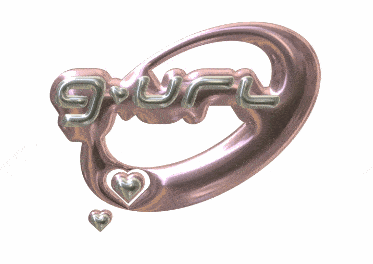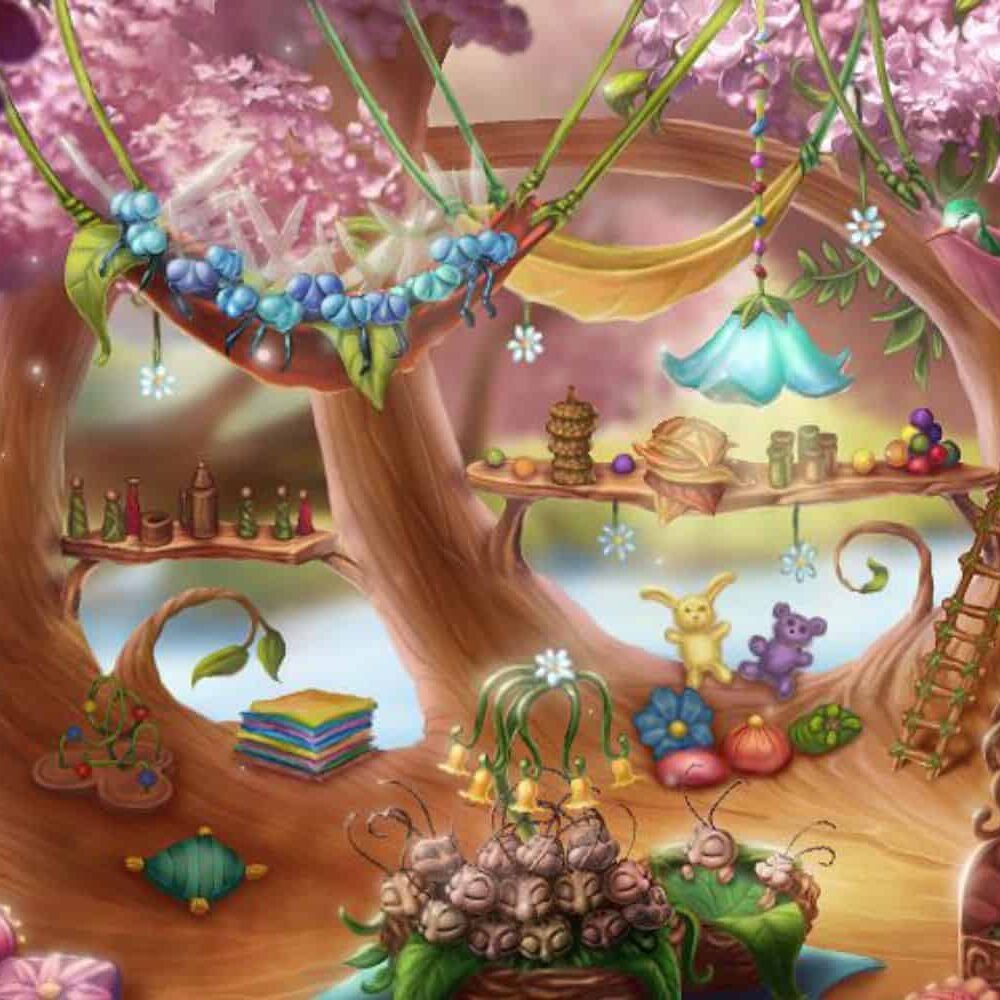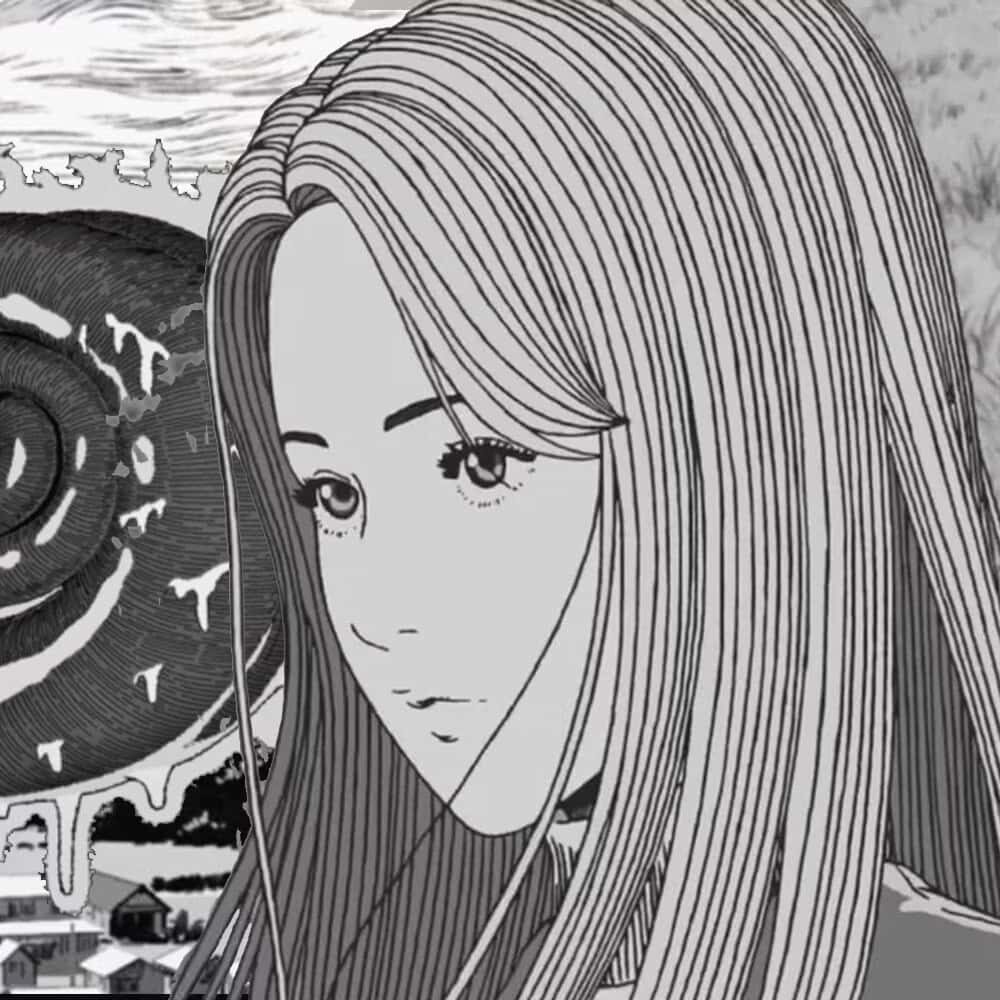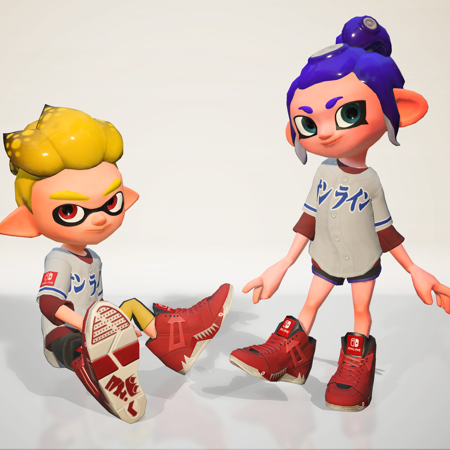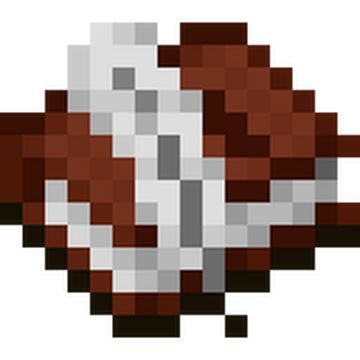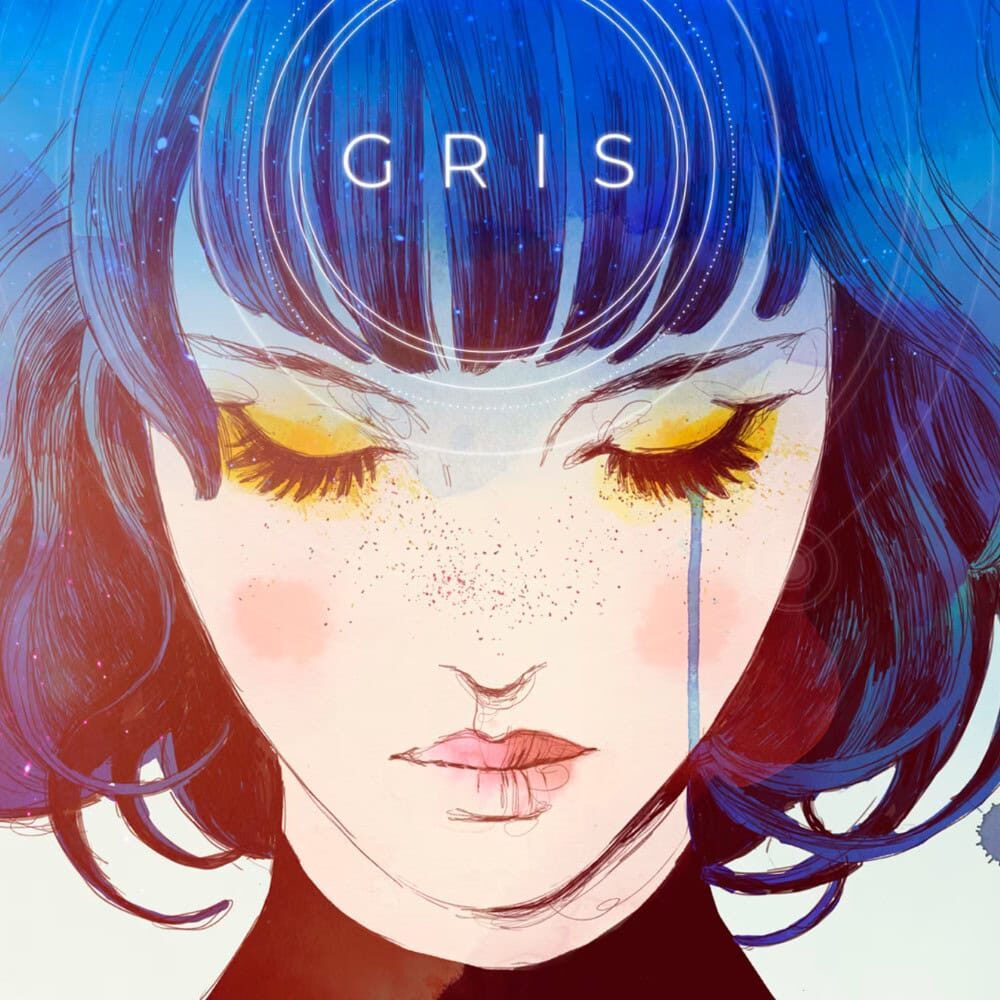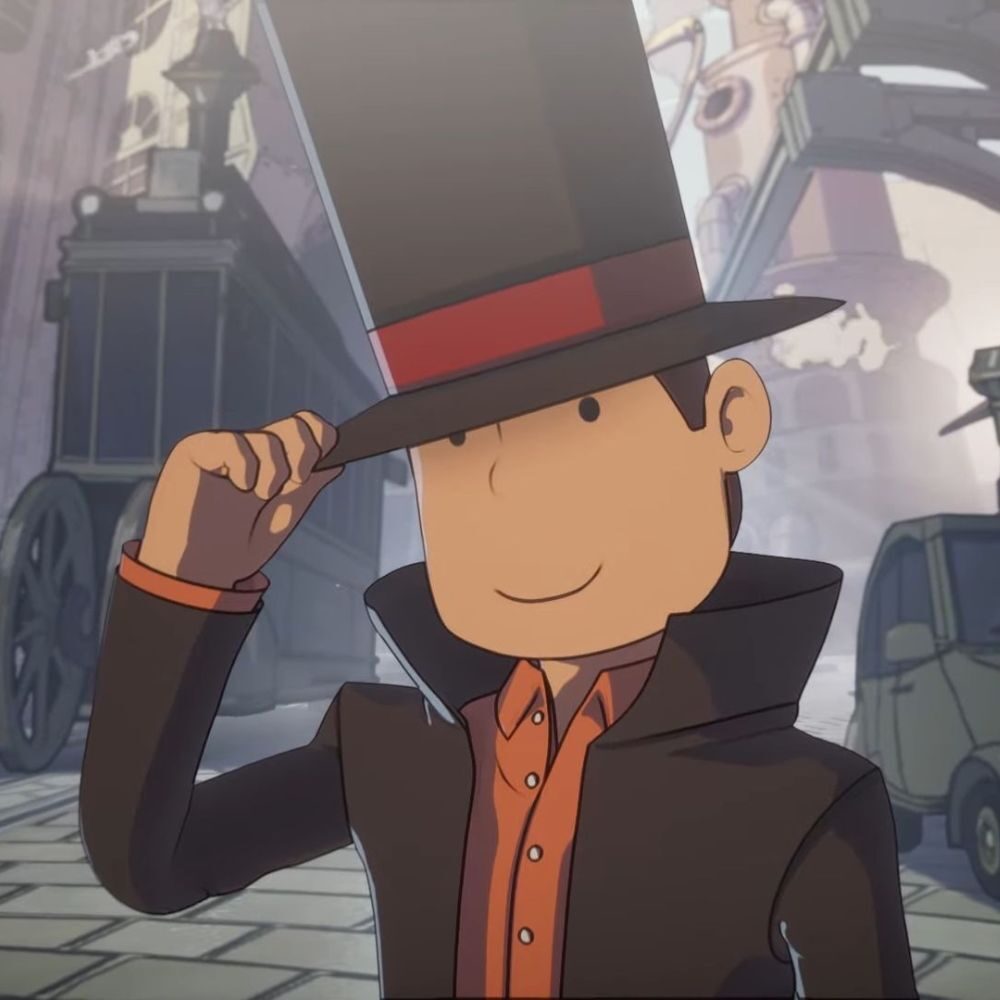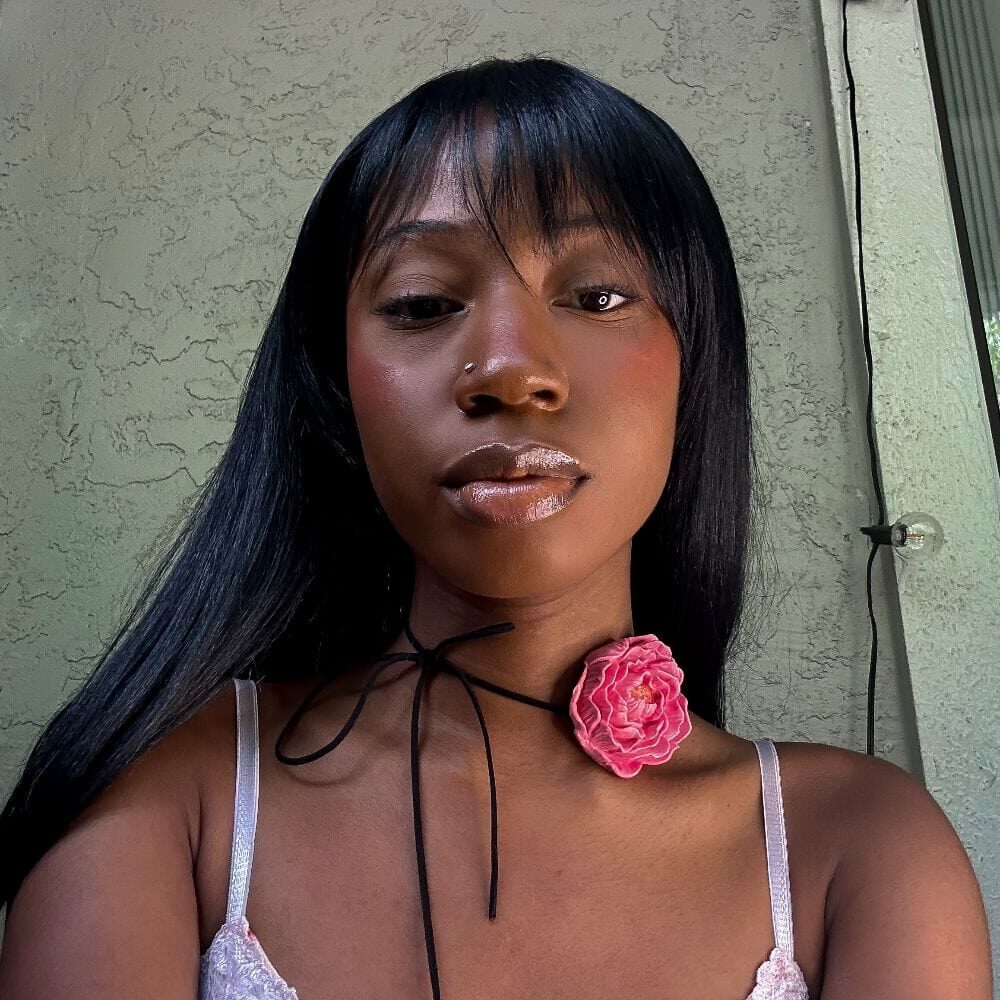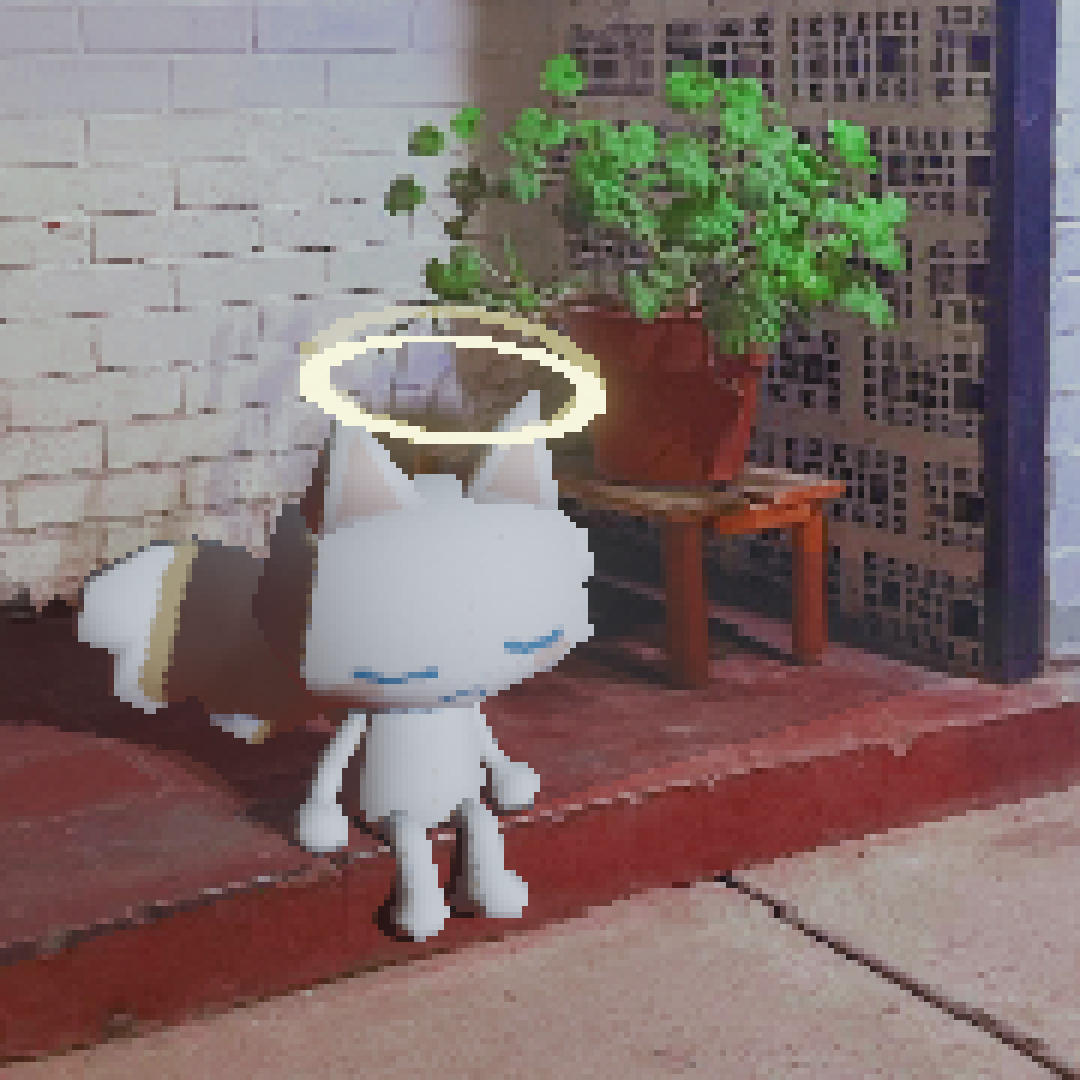A Tribute to Pixie Hollow Online
Written by Terry Ross
Pixie Hollow Online was a web-based social game launched by Disney Online in the Fall of 2008. In it, players could create their own fairy and explore the lush natural environments of the Disney Fairies Franchise. My mixed feelings about the Disney megacorporation aside, it was sublime. I encourage anyone who hasn’t seen it before to peruse archives of Pixie Hollow’s backgrounds to get an eyeful of the seashell-scattered beaches, grass-thatched roofs, and bubbling brooks that populate the game’s world–each of them digitally painted down to the last curling vine tendril! A particularly brilliant design stroke was the use of this hyper-focused camera movement to simulate the sensation of peering through leaves to look at something really small–in this case, the player’s fairy self.
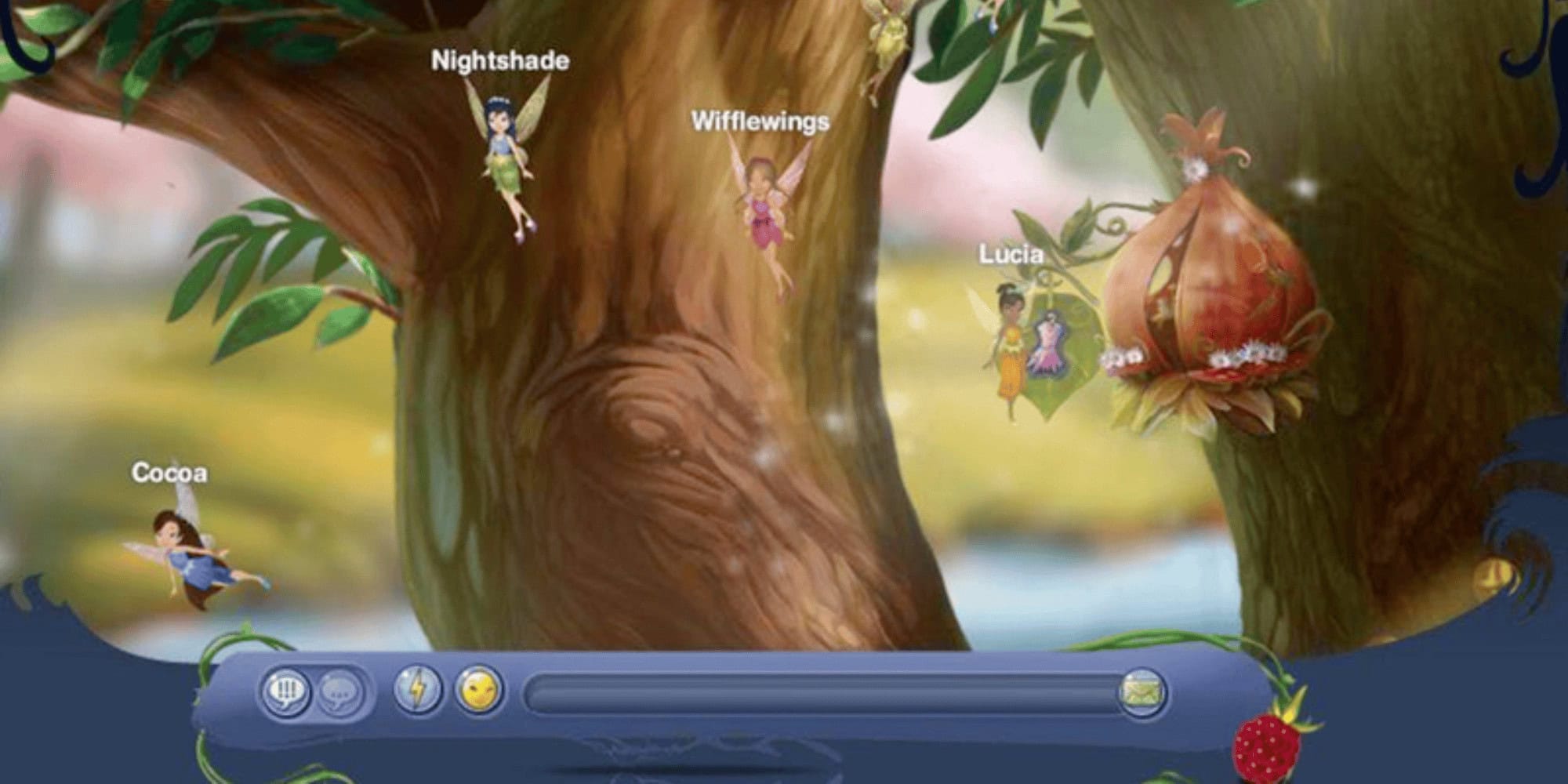
I started playing the game in my Senior year of high school, admittedly at a slightly older age than the Disney Fairies target audience, but I was too engrossed in this tiny magical world to feel embarrassed. To me, the best way to relish the game’s art was dressing up my avatar in whimsical nature-inspired outfits. You could buy some of these pieces with in-game currency, but the primary (free) way to get dressed up was to craft your own clothing items. As a young player, this activity was an uncomplicated way to kill time in the library after school, but today as an adult who designs games professionally, I marvel at Pixie Hollow’s unique approach to fashion play.
___STEADY_PAYWALL___
The first step to making clothes is similar to most game crafting systems: collecting resources from around the game’s world. Players would bring gathered spiderwebs, dewdrops, and acorns to the in-game shops Bobbin’s Tailoring Nook or Mendy’s Tailoring Nook to be turned into new pieces. But now, the crucial moment! Instead of just pressing a button to convert resources into new items, Pixie Hollow Online went deeper. Players were invited to jump into each step of the garment-making process via an adorable minigame. Material, for example, was “cut” with a hungry caterpillar racing to stay between two guidelines, and the “stitching” was simulated by timing button presses to a swinging spider. Players gained more experience and a better quality garment by playing skillfully. Leveling up one’s tailoring talent by making lots of clothes unlocked new patterns, and higher level patterns had harder minigames. In other words, the better one was at playing the tailoring games, the better one’s avatar could look.
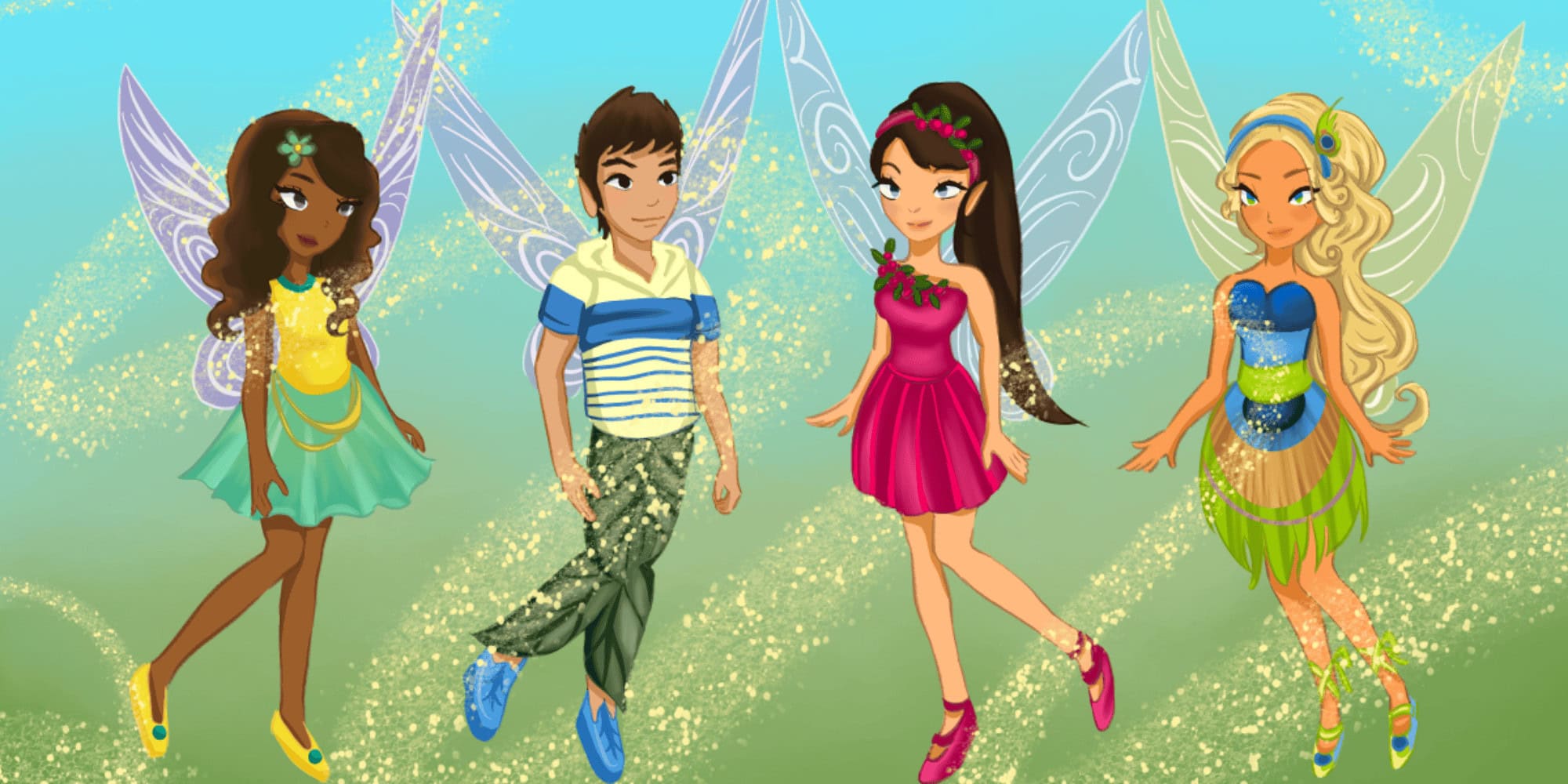
You may not think that this is particularly remarkable, in fact it seems like the natural way to beef up a simple dress-up game, but I firmly believe Pixie Hollow designed an entirely new formula for the fashion game genre–probably by accident, but remarkable nonetheless.
In other fashion games, if a piece of clothing has a certain stat or value assigned to it, players tend to ignore their personal tastes in favor of coordinations that maximize how the game scores them (and I find these maxed-stat avatars always seem to resemble the inside of my cutlery drawer–overly glittery and a total mess). On the other hand, if there’s no system in place to evaluate what a player is wearing, there’s little incentive to dress up at all. Think of the dress up flash games from the early aughts: fun, but only for a few minutes at most.
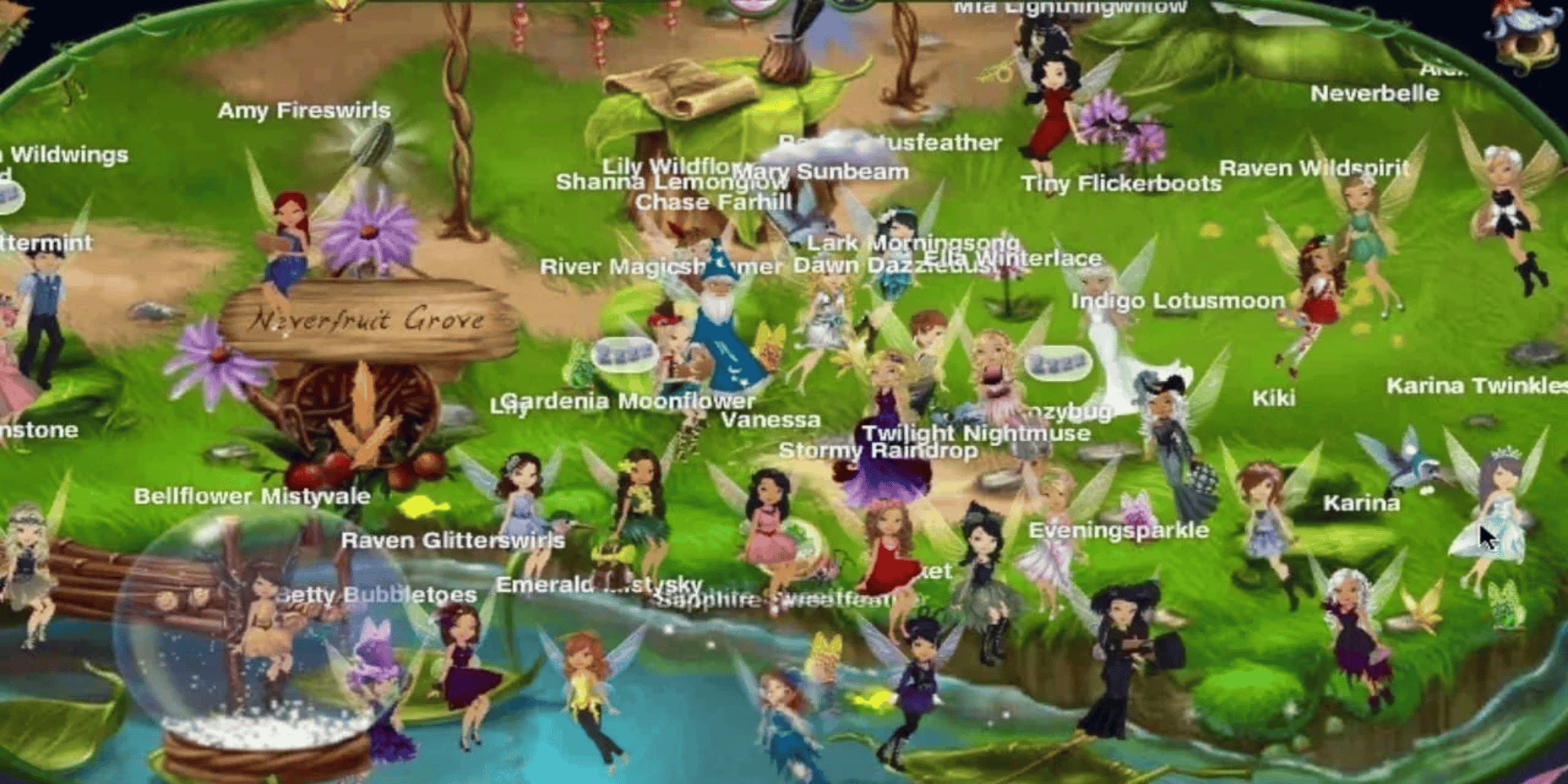
Despite this, fashion game designers refuse to innovate when it comes to solving the fundamental problem of challenge vs creativity. They will either brute force a solution by loading each piece of clothing with multiple stats so it can be “successfully” combined in several ways (this is roughly how it works behind the scenes of the Style Savvy series), or they may displace the responsibility of evaluating outfits onto other players (like in Marvelous’s 2023 Fashion Dreamer, utilizing Nintendo Switch’s online capabilities).
But Pixie Hollow Online found a way to sidestep this conundrum by displacing the challenge from styling clothes to making clothes–after all just because a game is about fashion doesn’t mean it has to put a value on the fashion specifically. I am just in awe of this simple, clever, solution. And I’m in shock that no one has tried to replicate it since.
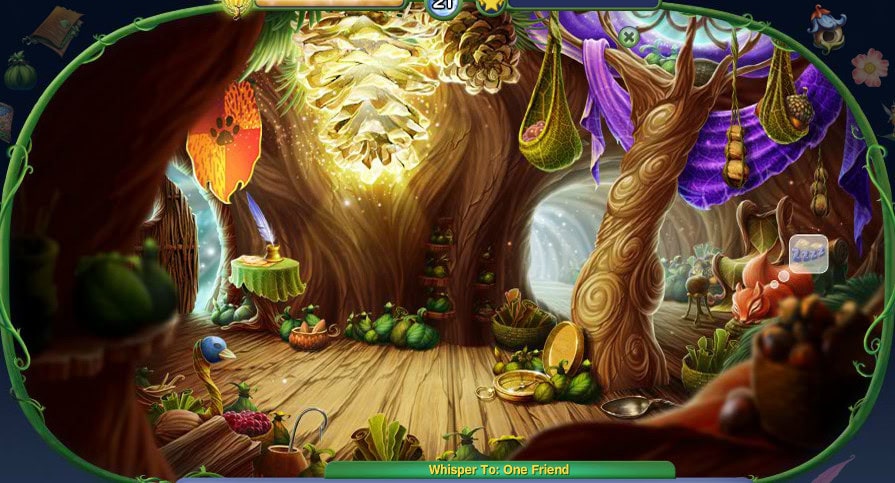
Where is the fashion game where I raise sheep, then spin their wool to crochet my own custom sweaters? Where’s the fashion game where I sprinkle indigo on stretched silk and watch deep blue patterns bloom on its surface? Where’s fashion the game where I largely ignore the main story campaign to focus on kitting out my Victorian serger into a steam-powered gemstone-covered monstrosity, a-la My Summer Car? I hope I am not the only fashion lover who wants to experience the garment making process, but truthfully I’d much rather pick up my switch to do so than a real sewing machine.
In August of 2013, in response to what it saw as a decline in MMO popularity, Disney Online sent out announcements to three of its online games –Toontown, Pirates of the Caribbean Online, and Pixie Hollow Online– that servers would be going dark by September (Club Penguin managed to eke out four more years before it also got shut down). It was heartbreaking news to my teenage self–especially considering I had spent $50, a fortune to me at the time, on premium fashion items for my fairy avatar. Today, Pixie Hollow Online and all its brilliance is no longer (legally) playable, which means if gamers would like to try a game where they can make and wear their own clothes, they might not easily find one.
As we look forward to the future of fashion games, I can’t help but impatiently eye the conspicuous pair of leafy-green shoes Pixie Hollow left behind, waiting to be filled.
Enjoyed this story? Support independent gaming and online news by purchasing the latest issue of G.URL. Unlock exclusive content, interviews, and features that celebrate feminine creatives. Get your copy of the physical or digital magazine today!
